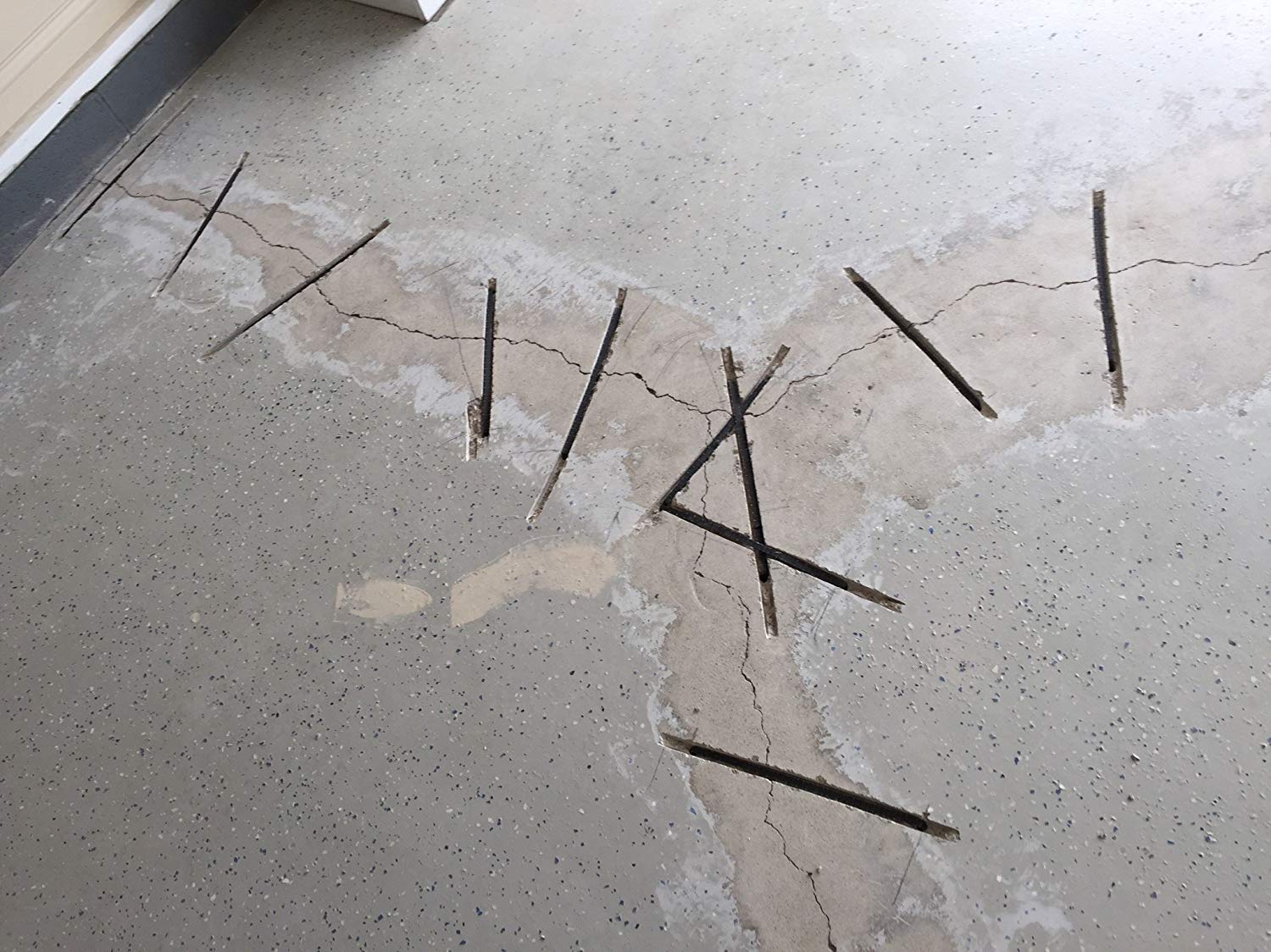Ah, this seems like I would need to reach out to some new companies to provide quotes. We've gotten 4 quotes in total and none have mentioned they use Torque Lock. Ill look on their websites for providers close by.I would do Torque Lock Staples.
Read...

Torque Lock Structural Staples - Misleading Information About Repairing Your Pool Crack
Are you tired of misleading information about repairing a pool crack? It's time to call and ask about Torque Lock Structural Staples.torque-lock.com
*Update* - Ill need to do some heavy digging as the handful of companies in my area listed on the Torque Lock website have absolutely horrid reviews.
Last edited:




